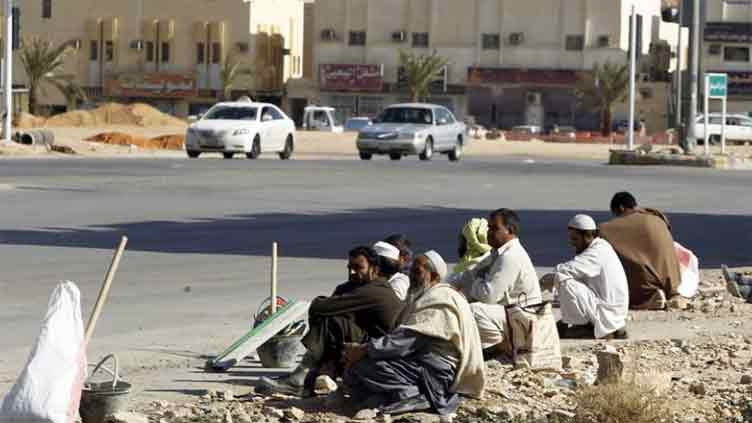Reduced home remittances adversely affecting low income groups

Business
Inflows from the UAE and Saudi Arabia decline by 37.4pc and 23pc respectively
LAHORE (Web Desk) – As Pakistan is witnessing a sustained decline in remittances, the effects will result in reduced domestic demand as the households depending on the income sent by their family members working or living abroad are a big engine of economy at local and national levels.
With reduced purchasing power, they won’t be buying more consumer goods as most of their spending like others is revolving around utilities’ bills and food amid record-high inflation.
From whatever class or social group these families may be, the overwhelming majority of them are better-off within their surroundings, producing more consumer spending – from groceries and food to fashion and tourism – including both visits within and outside Pakistan.
Read more: Pakistan's remittances slide to $27.02bn in FY23 against $31.28bn in FY22
The data-starved Pakistan doesn’t have any figures on their spending before and after reduction in remittances, but any drop in income means reduced purchasing power and household spending.
But obviously, the families of the unskilled workers – low income groups – would be most affected as in the positive change in their lifestyle – from education of their children to construction of new home – in most of the cases is only because of remittances they started receiving from abroad.
On the other hand, the affluent families aren’t going to face similar consequences thanks to their economic and social background as well as assets and savings.
DECLINE CONTINUES ACROSS ALL REGIONS
The figures released by the State Bank of Pakistan (SBP) shows a 21.6 per cent decline in remittances during the first two months – July and August – of 2023-24, which dipped to $4.12 billion against $5.25bn recorded during the corresponding period of the previous fiscal year.
As discussed earlier, the largest reduction [percentagewise] is seen in the money sent from the UAE and Saudi Arabia – home to mostly unskilled Pakistani workers – which means the low income groups back home are facing the brunt of this trend.
The reduction for the UAE is 37.4pc followed by Saudi Arabia 23pc.
Meanwhile, the inflows from the United Kingdom – where the inflation is highest among the G7 or most of European countries – declined by 18pc, again showing how the reduced purchasing power affects the ability to contribute to the family finances in Pakistan. The reduction in the case of the United States is 7.6pc.

